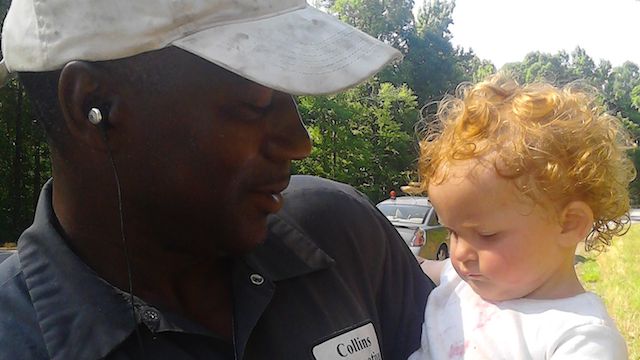Every week, I shine the spotlight on some of the best storytelling in the business and offer my comments. “3 Great Stories of the Week” will post every Monday at 8 AM.
Kendrick Lamar, Hip-Hop’s Newest Old-School Star (6/25/14, New York Times): In terms of traditional print journalism, few outlets are doing it as well right now as the New York Times.
This is not meant as a backhanded compliment, or an indication that somehow the capital-T Times is not advancing with the lowercase-T times.
But when media critics ponder how storytelling can survive in such a frenetic landscape, they should point to articles like this, where Times writer Lizzy Goodman uses her backstage access to rapper Kendrick Lamar to pen a multi-dimensional, poignant, and powerful portrait.
Similar artist profiles often read like press releases; you can smell the transaction of access for favorable coverage. Not here. Goodman parallels Lamar’s no-frills music with his similar approach behind the scenes, and she documents numerous revealing moments — such as when, while on tour with Kanye West, the two hip-hop stars only meet once, and it seems like a far bigger deal for their entourages and videographers than for the artists themselves. (more…)


